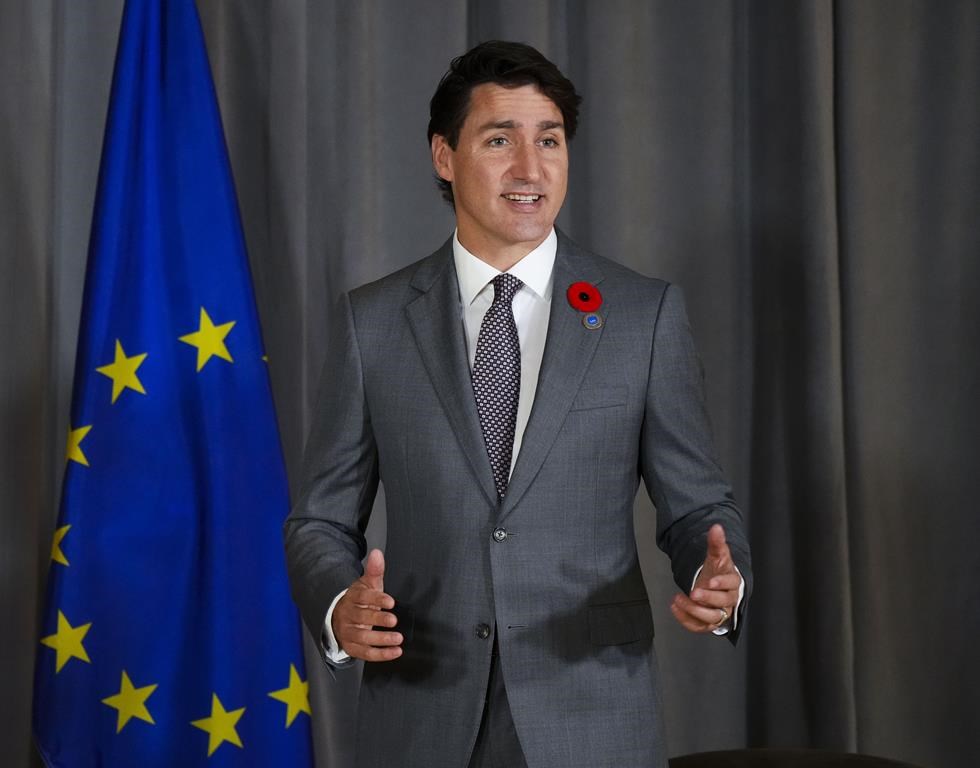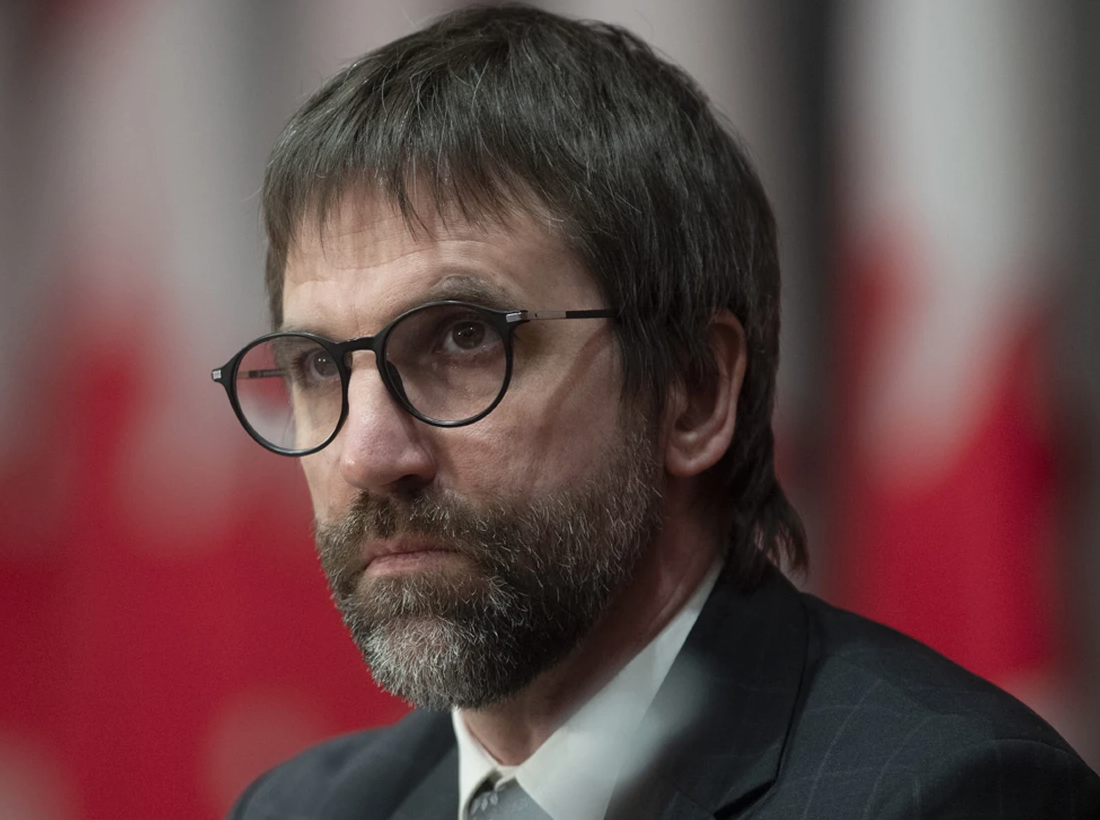This content is restricted to subscribers

The views, opinions and positions expressed by columnists and contributors are the author’s alone. They do not inherently or expressly reflect the views, opinions and/or positions of our publication.

This content is restricted to subscribers
The views, opinions and positions expressed by columnists and contributors are the author’s alone. They do not inherently or expressly reflect the views, opinions and/or positions of our publication.

Become a subscriber today!
Register
Become a subscriber today!
Register
Become a subscriber today!
Register
Are the differences between Alberta and Ottawa on carbon emission policy unreconcilable?
If you surf the tops of the news headlines it looks as though the province is retreating further and further from coming to grips with its climate crisis responsibilities.
Piqued by recent comments from federal environment minister Steven Guibeault, Premier Danielle Smith fired off an incendiary statement on social media over the weekend railing that federal emission reduction targets and the goal to reach a carbon-neutral electrical grid by 2035 are unconstitutional, investment-killing atrocities.
Alberta claims to be working toward that carbon-neutral grid by 2050. Instead of trying to curb oil and gas production with ambitious emission controls, Ottawa should be promoting “clean” Canadian LNG in Asia, says Smith.
Her bottom line: “Alberta will not recognize any federally imposed emission-reduction targets for our energy and electricity sectors under any circumstances unless such targets are first consented to by the Government of Alberta.”
Perhaps more than any issue, Smith frames energy policy, and by extension environment policy, as an Alberta sovereignty issue.
On Wednesday, Alberta Minister of Affordability and Utilities Nathan Neudorf backed Smith’s rhetoric up further with a statement that acknowledges that demands for reliable, sustainable energy are higher than ever but that it’s just too expensive for Albertans to reach the federal 2035 carbon-neutral grid target.
The cost of sharply reducing carbon emissions and in any way reducing oil and gas production is now consistently tied to the cost to the economy. Any flip advantage of a more sustainable industry is sliding out of the narrative.
Alberta’s Environment Minister Rebecca Schulz was a tad conciliatory after she met with Guibeault on Wednesday.
“The indication we got from the minister was that there’s still time for negotiation and discussions,” she told reporters.
But she trotted out the fire-breathing party line in her formal statement.
“I informed Minister Guilbeault that our government remains resolutely opposed to any federal cap on oil and gas emissions or electricity regulations that are not expressly consented to by Alberta and that do not align with Alberta’s emissions reduction and energy development plan.”
Smith’s mandate letter to Schulz in her new job as environment minister met with lots of criticism earlier this month in terms of what it didn’t contain, including specific actions on carbon emissions.
Schulz told a Canadian Press reporter that the climate strategy is coming as the government gathers enough information.
“In many ways, we are working at emissions reduction right now. Some aspects of our net-zero aspiration by 2050 are relying, maybe in some cases, on technology that doesn’t yet exist.”
These trends in Alberta government public messaging are shaping the climate change discussion in the province. The dreaded “CO2 is not a pollutant” meme is popping up consistently in social media comments on government statements.
So how deep does this divide between Ottawa and Edmonton go? Despite the overheated rhetoric and diversionary tactics at the strictly political level, there is still a fair bit of emission tackling and sustainable innovation happening at a bureaucratic and industry level.
Even Smith has mentioned the federal-provincial working group trying to find common ground and a way forward.
Guibeault spent a couple of days this week roaming Calgary, chatting with the Chamber of Commerce and the Business Council of Alberta. His media interviews didn’t suggest much movement off the electricity 2035 target but a supposed 42 percent emissions reduction in the energy industry by 2030 seems a bit fuzzier.
“What we said in the Emissions Reduction Plan was that the 42 percent was not a target but it was a pathway. So we will see with the oil and gas cap — will it be exactly that, will it be something different? That’s one of the many things that remain to be defined,” Guibeault said in an interview.
For the average Canadian, tours and chats, innovation grants, promised regulations, targets and policies and endless jurisdictional battles don’t amount to much beyond posturing and blather.
Floods, heat waves and forest fires speak much more loudly about the concrete actions expected from all leaders. There’s not much point protecting Alberta’s sovereign rights and oil patch bottom line if the province is in flames and the crops are dead in the field.
The views, opinions and positions expressed by columnists and contributors are the author’s alone. They do not inherently or expressly reflect the views, opinions and/or positions of our publication.

Become a subscriber today!
Register
This content is restricted to subscribers
The views, opinions and positions expressed by columnists and contributors are the author’s alone. They do not inherently or expressly reflect the views, opinions and/or positions of our publication.

Is Justin Trudeau Canada’s first New Democratic prime minister?
Former Jean Chretien advisor, and fellow Loonie Politics columnist, Warren Kinsella, seems to think so.
According to him, Justin Trudeau is not only our “first NDP prime minister.” He is also “our first social democrat prime minister.”
Kinsella doesn’t believe that Trudeau has always been a Dipper. But his “transformation” into one was made complete last week after Trudeau played musical chairs with his cabinet and appointed the “radical” climate activist Steven Guilbeault as his new environment minister.
Kinsella, like other business-oriented Liberals, are “apoplectic” over Guilbeault’s promotion and the demotion of cabinet centrists like Marc Garneau and Jim Carr. They think that Trudeau is guilty of “vandalizing the economy” and fear that, left unchecked, he and his team will “slay our energy sector.”
After spewing so much hysteria and hyperbole, Kinsella and the rest of his Blue Liberal pals really need to get a grip. The fears that they have are completely overblown and the comparisons that they’ve made, overstated.
To begin with, lets state the obvious: the Canadian government has not been taken over by radicals. The same group of men and women that sat in cabinet with Trudeau a few months ago are still, by and large, the same team they are today, and none of them are extremists, Guilbeault included. In fact, I think there is a strong case to be made that Guilbeault is far more clear-eyed than most when it comes to tackling climate change. Whether obstructionists in the Liberal Party agree with him or not is another story.
As for Justin Trudeau, let me categorically state that he is not Canada’s first New Democratic prime minister. How could he be when he’s not a social democrat? He never has been. Liberal blood flows through his veins, just as it flowed through the veins of both his father and his mother’s father, James Sinclair, an MP under the Liberal Mackenzie King, and a cabinet minister under another Liberal, Louis St. Laurent.
Of course, blood and familial ties are more anecdotal than anything.
Policy, and one’s vision for society, are what really determines one’s political and ideological identities.
And in this regard again, Trudeau is as Liberal as they come.
On his better days, he is an activist, deficit-spending, diversity-promoting Liberal, but a status-quo Liberal no less.
If anything, the closest Canada has ever come to a New Democrat prime minister is Justin’s dad. Pierre was at least a supporter of the New Democrats, prior to his entry into electoral politics as a Liberal Party candidate. But even he, with his anti-American foreign views and nationalist, economic policies, was still just a left-leaning Liberal. While transformational on constitutional change and language policy, Pierre failed to move the dial substantially on labour, income inequality and countless other socio-economic issues.
Justin, in comparison, is viewed by many on the right as a bold progressive. But he’s really just a more centrist version of the neoliberal Jean Chretien/Paul Martin Liberals that came before him. That’s why in this year’s federal election, establishment Democrats in the United States like Hilary Clinton and Barack Obama backed him, while social democrats Bernie Sanders and Rashida Tlaib, endorsed Jagmeet Singh and the NDP.
For anyone that still questions Trudeau’s placement on the ideological spectrum, ask yourself the following questions:
a) Would a social democrat criticize the idea of increasing taxes on the very wealthiest in society, as Trudeau did at a campaign stop in La Prairie, Quebec?
b) Similarly, would a social democrat renege on their promise to expand the country’s social safety net and implement a national pharmacare system?
c) Would they have prioritized profits over peace by continuing the sale of arms to human rights abusing regimes in Saudi Arabia and Israel?
d) Would they continue to sign and ratify free trade agreements that cement investor rights while only paying lip service to their environmental and labor commitments?
The answer is of course not. These are the flawed, detrimental policies of Conservatives and establishment Liberals. Not equality-seeking, transformational-minded social democrats.
Now, don’t get me wrong.
I don’t mean to say that Liberals – especially this current crop in Ottawa – are all bad.
The Trudeau government’s acceptance of tens of thousands Syrian refugees was admirable (though not quite as deserving as all the praise it received when compared to the refugee intake of states like Germany), as is the Prime Minister’s promotion of multiculturalism, the LGBTQ+ community, and women’s reproductive rights. Furthermore, Trudeau’s apparent resolve to address the climate crisis and implement a national childcare program, is similarly commendable.
But that alone does not earn him the title or the praise (unintended as it may be from folks like Kinsella) of being named Canada’s first social democratic Prime Minister.
Only once Canadians have an administration that makes the necessary, structural changes to Canada’s economic, social and tax systems to strengthen society and eliminate inequality, will we be able to finally say that social democracy has arrived in Ottawa.
In the meantime, Kinsella and all the other blue, business-friendly Liberals should really stop with their fallacious fearmongering.
The views, opinions and positions expressed by columnists and contributors are the author’s alone. They do not inherently or expressly reflect the views, opinions and/or positions of our publication.

This content is restricted to subscribers
The views, opinions and positions expressed by columnists and contributors are the author’s alone. They do not inherently or expressly reflect the views, opinions and/or positions of our publication.

Become a subscriber today!
Register